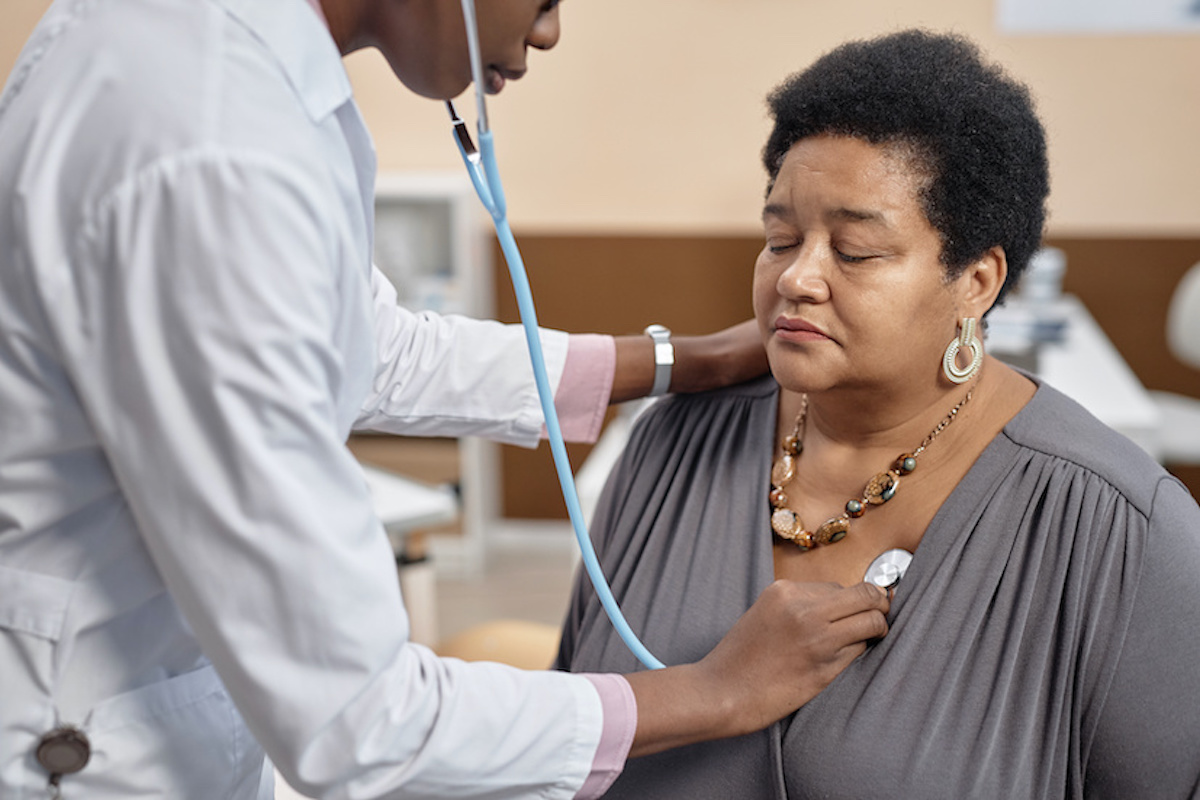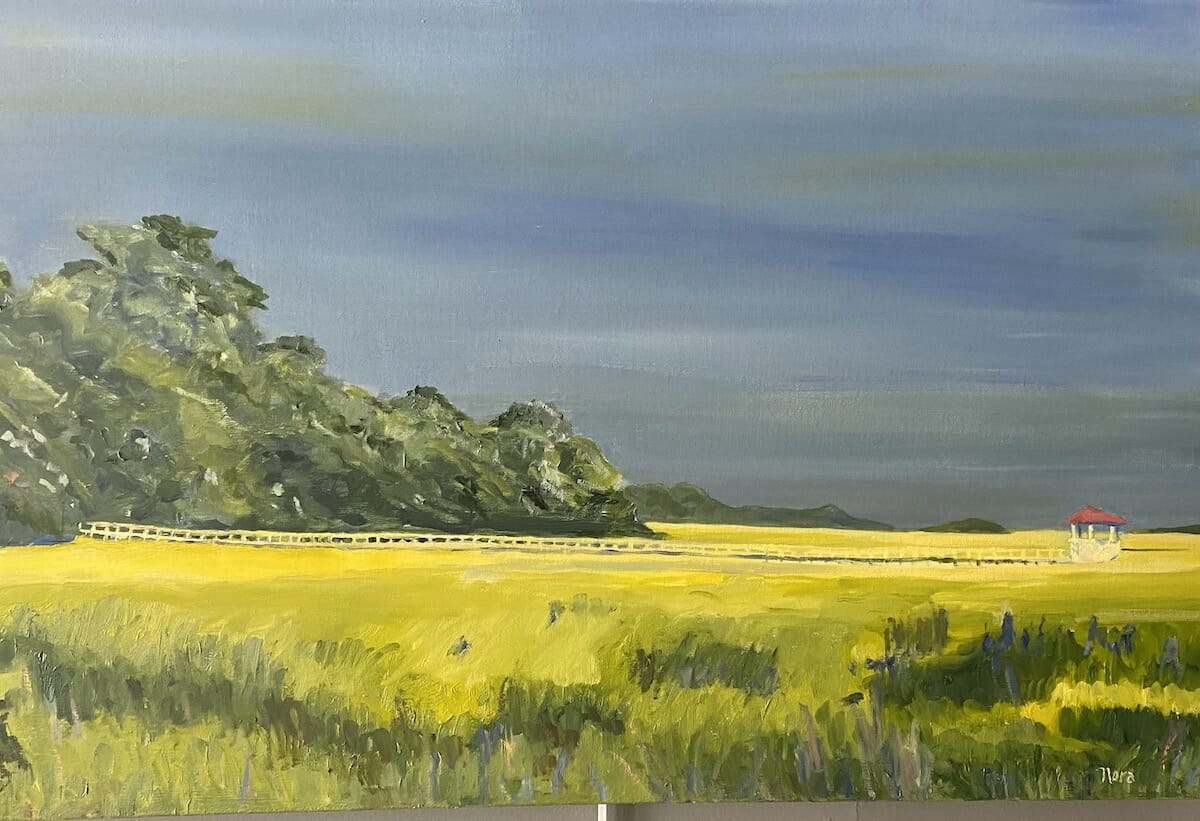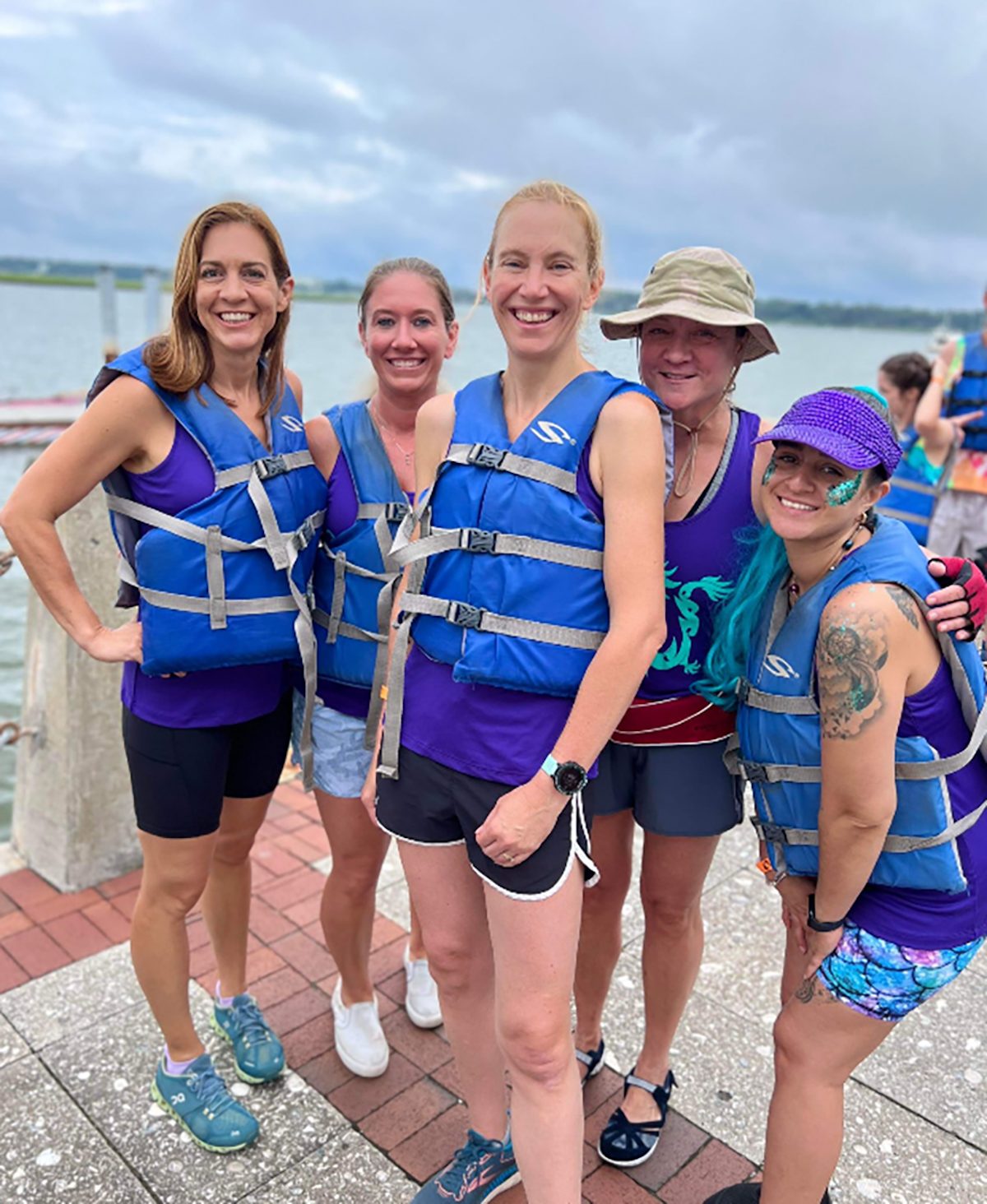Tips on how seniors can avoid back and neck pain
An aging body means the spine is aging, too. But while certain spine conditions are more common among older adults, there are more ways than ever to avoid back and neck pain and protect your aging spine, says Kaliq Chang, MD.
About 54.1 million American—16% of the population—were 65 or older in 2019, the latest year for which statistics are available, according to the US Administration on Aging. And this age group will only increase, with seniors expected to comprise almost 22% of Americans by 2040.
It’s true that the odds of back and neck pain increases as we get older merely because bones, joints and muscles experience a gradual breakdown. But seniors aren’t powerless against these effects and can proactively fight back by building strength and practicing thoughtful habits.
“Arming yourself with accurate information about your body and your lifestyle choices can go a long way toward evading the negative effects of aging, including on your spine,” explains Dr. Chang, an interventional pain management specialist.
Common age-related spine problems
Which spine conditions surge in older adults?
Arthritis: So-called “wear and tear” arthritis—known medically as osteoarthritis—can happen in the joints of the spine, too. With three joints between every pair of bony vertebrae, it makes sense that some will wear down over time with use.
Osteoporosis-related vertebrae fractures: The bone-weakening condition osteoporosis becomes far more prevalent after age 65 as bone density drops. This can translate into fragile vertebrae that break more easily, threatening your spine health.
Herniated discs: The gel-like discs lodged between each pair of vertebrae can flatten as we age as they lose water content. This process can make the discs protrude, or herniate, and painfully press on spinal nerves.
Spondylolisthesis: The entire spinal column can become dangerously unstable, increasing the odds of back injury when a single vertebra slips out of place, known as spondylolisthesis. Older adults are more prone to the condition since ligaments and other connective tissue weakens and loses elasticity over time.
Spinal stenosis: Placing pressure on nerves around the spinal cord, this condition is characterized by a narrowing of the spinal column and often results from injuries or arthritis.
Tips to protect your neck and back
Aging isn’t a process we can stop, of course, but there’s much you can do to strengthen your back and neck to help prevent age-related spine conditions from taking hold.
To build strength and avoid pain in your back and neck:
Move your body: Consistent physical activity—whether it’s a formal exercise regimen or daily movement such as brisk walking—can bolster back and neck muscles while also easing muscle tension and inflammation. “Injuries aren’t as likely if you maintain a strong core,” Dr. Chang notes.
Lift with care: This age-old advice is still tops. Lift heavy objects by bending at the knees, not the waist. This small tweak in lifting technique places much less stress on back and neck muscles. Also, don’t twist while lifting, and if possible, push heavy objects rather than pulling them.
Watch your weight: There are many solid reasons to avoid excess pounds, but gaining—especially around the middle—strains back and neck muscles by shifting your center of gravity.
Practice smart posture: While seated, position your knees slightly higher than your hips, and choose chairs with a straight back or lower back support. When you’re walking, keep your head up, shoulders back, and abdominal muscles pulled in.
Skip the smokes: Back and neck health—like your overall health—never benefit from smoking. “This noxious habit also reduces the flow of key nutrients to spinal discs, making smokers particularly vulnerable to back and neck problems,” Dr. Chang says.
Bag problematic bags: Look for purses, totes and briefcases with wide, adjustable straps that can be worn diagonally on the body. These messenger-style bags help distribute the bag’s weight more evenly, cutting pressure and strain on neck and shoulder muscles.
If, despite diligent prevention efforts, you develop back or neck pain as you get older, Dr. Chang recommends seeing a spine specialist to learn your diagnostic and treatment options.
“Treatment is usually home-based and/or minimally invasive, including medications, steroid injections or physical therapy,” he says. “Only rarely is surgery necessary.”
By Kaliq Chang, MD, an interventional pain management specialist board-certified in anesthesiology at Atlantic Spine Center, www.atlanticspinecenter.com
Exclusive content from CARE magazine.











